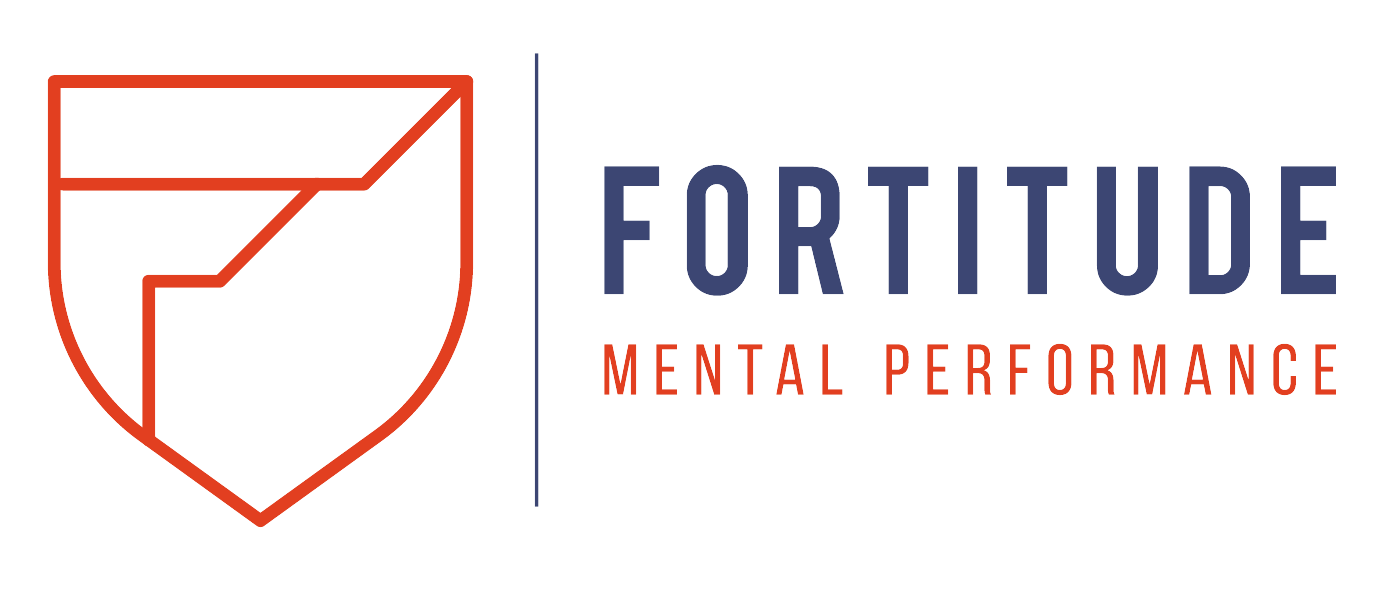Coach Fed or Player Led?
Last week, we shared our playbook for building player-led teams – you can check it out here. This sparked some great conversations with readers that were similar to the discussions with coaches we work with.
Coaches often talk about the struggle of finding the balance between not fully trusting their athletes to lead when letting go of control and not wanting to step in too much when athletes do take charge. This came up again when I heard High Point Head Coach Alan Huss talk about teams moving from a "Coach-Fed" style to a "Player-Led" style. The distinction is also referred to as "player's coach" versus a"coach's coach," or the old-school vs. modern coaching approach.
It’s not uncommon for coaches to express worry about losing control or feeling like they might overstep when working with athletes, often wondering if they’ve swung too far to one end of the pendulum. In these situations, I offer a framework that helps coaches find a balance between these approaches.
It’s based on a key concept of motivational interviewing, a counseling approach that’s supported in many different settings, including healthcare, addiction treatment, education, and, more recently, sports coaching, where it helps build intrinsic motivation and stronger commitment to goals.
There are three primary coaching styles:
Fixing
Think of this as whats often considered old school coaching—taking the lead—telling athletes what to do and how to do it. Fixing is about correcting mistakes from the coach’s perspective, with less focus on the athlete’s point of view. Fixing is not necessarily the problem, it's relying too heavily on it.
Following
Often recognized as a player-led coach—it's prioritizing the athlete’s perspective. This means observing, listening, and allowing them to share their thoughts. It requires the coach to relinquish control and truly hear the athlete. It's more powerful than you can imagine, yet athletes and teams still need direction.
And then there is Guiding
Building trust and working together. Both coach and athlete take active roles in improvement. The coach provides the right direction and gives the athletes opportunities to find the solution. Think of it like providing your expert advice with choices - "I guide, you decide."
Each approach is useful at times. The key here is knowing when to use each. Think of guiding as your foundation—when you start there, your ability to fix and follow becomes more powerful.
